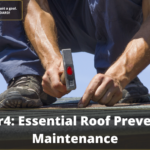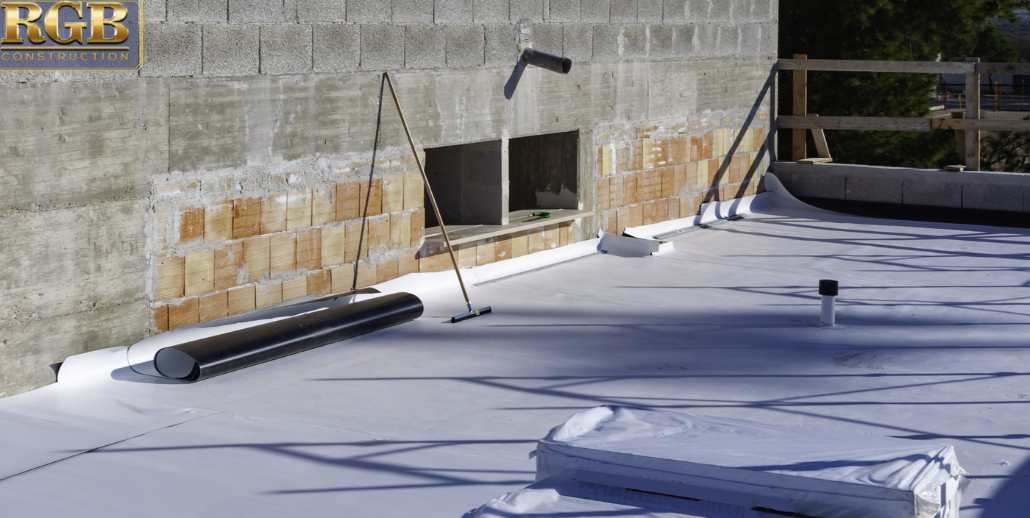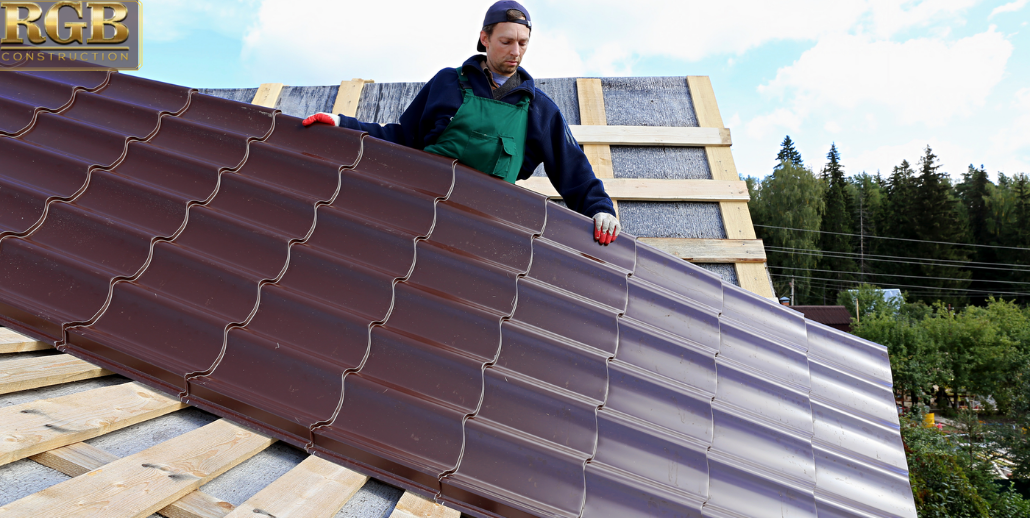Need new roofing installed on your commercial building? Unless you have gone through the process before, you may be shocked to learn that some of the steps involved differ from residential roofing installation. That is why we have compiled all sorts of information talking about the different commercial roofing systems and what is required to make installation effortless.
Here is everything you need to know about commercial roof installation.
What Are Some Steps to Installing a Flat or Low-Slope Roof System?
As you might anticipate, putting a new roof on a flat or low-slope roof is not going to mirror the process for a steeper roof. The materials are dissimilar, and the tools needed are different, too. Because of this, the contractors who are doing the installation will be communicating with one another extensively and setting up a plan, especially if this is a new roof being installed—not a replacement.
The building owner will have to meet with a contractor in order to discuss the roof deck and the proposed purpose of the structure. Also, if you have yet to decide what kind of roof system is needed, the contractor can recommend the best type of commercial materials for the architecture.
Installation Process by Roofing Type
In Chapter 2, we learned about the different kinds of roofing materials, such as BUR, Mod Bit, SPF, EPDM, and TPO. Now, let’s look at the methods used to install these commercial roofing types.
Built-Up Roofing (BUR)
BUR is made from a combination of asphalt and fabric layers that allow for waterproofing and durability. The asphalt is alternated with the piles of felt or fabric; when that happens, the bonded materials, along with the final layer of gravel, that the sun’s heat can be effectively reflected.
Installing a new built-up commercial roofing is made up of four steps:
- Roofers place the base sheets on the roof deck or roofing subsystem with sheet fasteners.
- Asphalt bonding is then spread over the surface of the roof with a hot application to conceal the base sheets.
- After the base has been applied, piles are then laid down, followed by asphalt. Think of it as a process of layering lasagna.
- Finally, the top layer is pebbled with an aggregate.
That completes the installation.
Modified Bitumen
The setup for Mod Bit roofing is very similar to BUR. The only difference is that modified bitumen has a petroleum-based bitumen between the piles. The end result is a rubbery appearance and springiness underfoot.
Also, modified bitumen does not always use the same heating needed to apply the base sheet. Rather, it comes with a self-adhesive sheet that will bond without heat. Even with no aggregate added to the final layer, a modified bitumen roof is just as durable as a regular BUR roof and also does well with foot traffic.
Single-Ply Membrane Systems
Both thermoplastic and thermoset materials are going to be applied to a roof the same way. This is due to TPO, PVC, EPDM, and similar materials coming in rolls, not sheets. All the contractor has to do is roll out the materials over the roof and adhere to it. Usually, this is done with tape or glue for EPDM. For TPO or PVC membranes, the seams must be welded down with heat.
Since the roofing materials are meant for single-ply application, you don’t have to worry about there being multiple layers of it.
Metal
When you compare metal to other options, like low-cost TPO or even BUR, metal is one of the most expensive to install. Not only do the contractors have to be highly skilled, but the process is a bit more complicated than just unrolling the material. Furthermore, the longevity of metal roofing—around 40 years—will hike up the price a little.
There are two ways to install metal: horizontal or vertical. Strips of copper, zinc, steel, or aluminum are selected. The height of the roof, as well as the overall slope, may require the use of fasteners, too; that will increase the cost of labor.
Since metal alone is poor at insulating, expect a layer of insulation to be installed prior to the metal.
Considering Installation Time and Cost
One of the things that we try to drive home is that no two commercial roofing installations are going to be the same. It is often impossible to calculate an accurate price for the installation just by looking at the roof. You can anticipate the estimate for the price to be fairly close to the end price, but the individual costs that go into the overall price will have to be outlined in a contract. Make sure the contractor explains everything within the contract to you, especially about the pricing.
The use of higher cost materials or specialty goods, the complexity of the roof, and other factors will also extend the amount of time it takes to complete the job. Expect that to factor into the end
price, as well.
Planning on Replacing Your Commercial Roof
Hopefully, you know a bit more about commercial roofing installation now that you have finished the third chapter of The Ultimate Guide to Commercial Roofing. Most installations are less complicated than residential roofing, but it really depends on a number of factors, such as materials involved, roof size, and so on.
If you are looking to have your commercial roof replaced, be sure to get in touch with us. Our team is happy to consider your needs and help you make a better choice for your home.
Check Out Our Other Chapters Of “The Ultimate Guide To Commercial Roofing” Below!
 Chapter 1: Careers in Commercial Roofing
Chapter 1: Careers in Commercial Roofing
Want to learn more about what goes into becoming a commercial roofer? This chapter goes into detail about what a role as a commercial roofing contractor entails.
 Chapter 2: Commercial Roof Types: What to Know About Different Systems
Chapter 2: Commercial Roof Types: What to Know About Different Systems
There is more to commercial roofing than black vs white roofing. Materials and systems are extremely varied, and not all of them are going to work for you.
 Chapter 4: Essential Roof Preventative Maintenance
Chapter 4: Essential Roof Preventative Maintenance
Preventative maintenance is essential to prolonging the life of any roof. Learn some helpful steps.
 Chapter 5: Is It Time for Replacement or Can Your Commercial Roof be Repaired?
Chapter 5: Is It Time for Replacement or Can Your Commercial Roof be Repaired?
Do you know when it is time to say goodbye to your current roof? We are going to explain some of the tell-tale signs to watch out for. Also, you will learn about different methods of repair, restoration, and replacement available.









